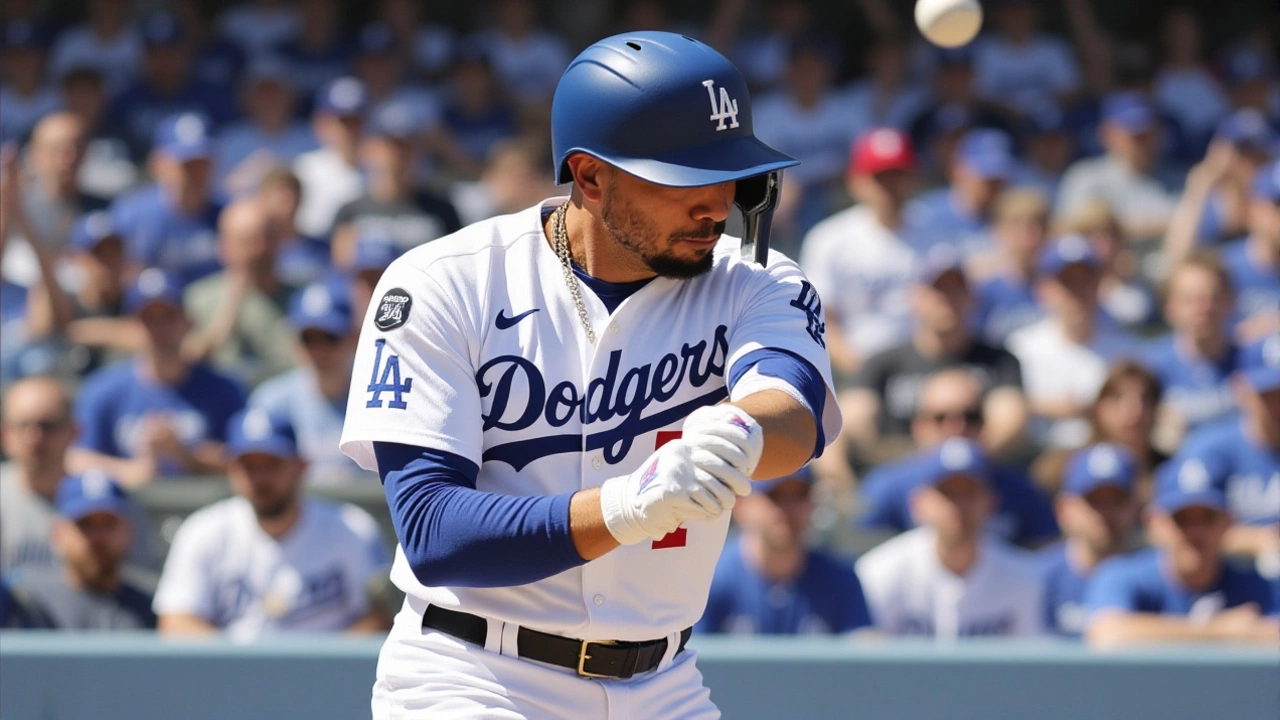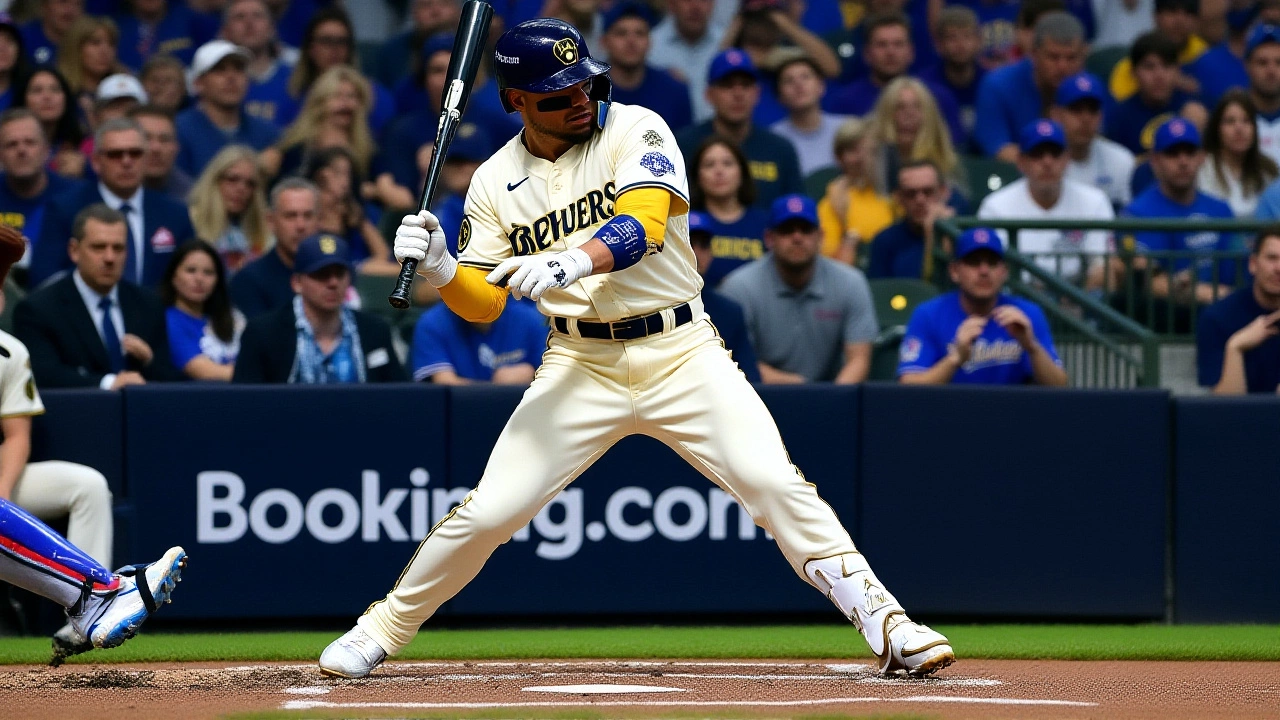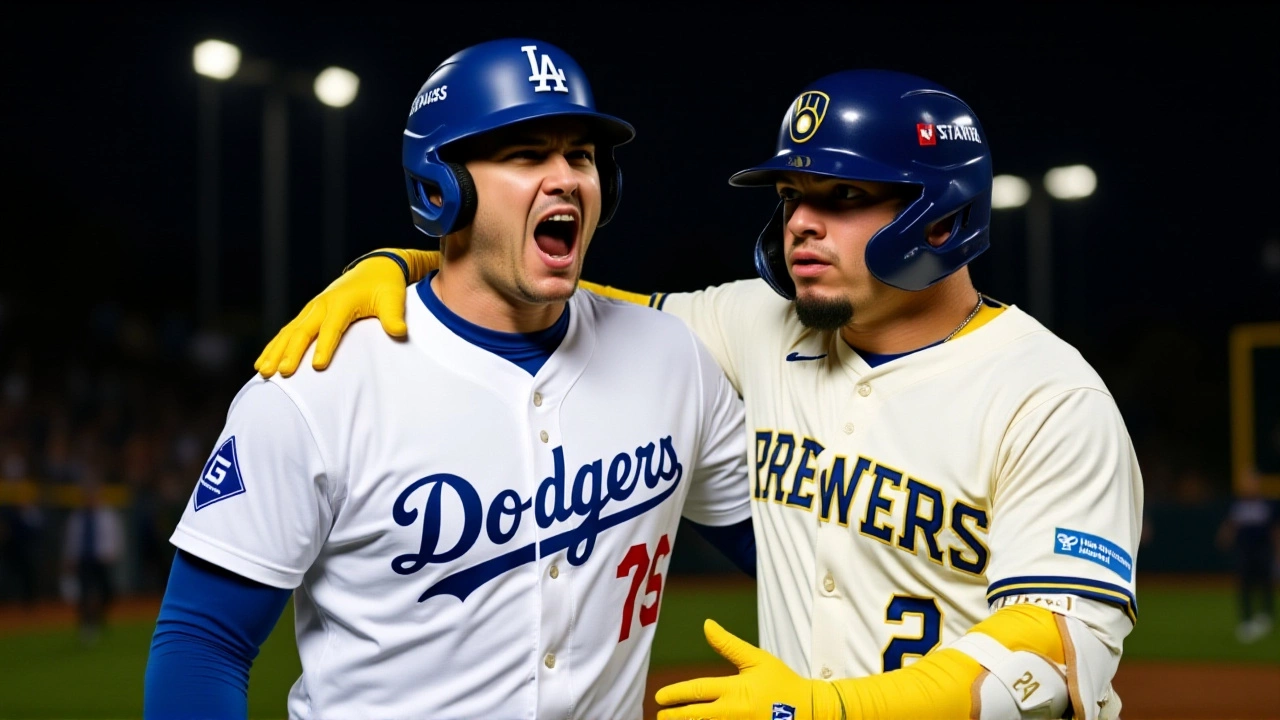When Blake Snell, the 32‑year‑old left‑handed ace of Los Angeles Dodgers, delivered eight straight scoreless innings on Monday, October 13, 2025, at American Family Field in Milwaukee, Wisconsin, the baseball world got a taste of postseason drama that felt almost cinematic. Milwaukee Brewers entered the National League Championship Series with a perfect 6‑0 regular‑season record against the Dodgers, yet Snell’s 10‑strikeout, no‑run performance turned the odds on their head, giving the Dodgers a 1‑0 series lead and reminding fans why October baseball is a different animal.
Game Overview: A Tight Battle from the First Pitch
The opening innings were a study in contrast. While the Brewers’ starter, right‑hander Chad Patrick, kept the Dodgers off the scoreboard, Snell was already whispering his changeup to the inside corner, forcing hitters to chase. By the end of the third, Snell had retired the side on just five pitches, a rarity even in a low‑scoring game.
Only a solitary hit crossed the plate before the sixth inning, when Freddy Freeman, the 35‑year‑old first baseman, launched a "skyscraping" solo homer to right field that the broadcast team described as a "rain‑maker" that "just kept on carrying and carrying." That was the only run of the night, and it proved enough.
Snell’s Pitching Masterclass
Snell’s line reads like a textbook case: 8.0 IP, 0 R, 1 H, 10 K, 2 BB. He faced the minimum 27 batters, a feat rarely seen in modern baseball where pitch counts dominate strategy. The changeup was the story‑teller; analysts noted it was "riding again" and "spotting that changeup perfectly," a clear contrast to his July 2025 regular‑season series against Milwaukee, when he was sidelined with an injury.
"He was untouchable," one commentator said. "You could see the confidence in his delivery, and every batter looked hesitant to swing." The performance also marked a historic milestone: Snell became the first Dodgers starter to pitch eight scoreless innings in a postseason game since Clayton Kershaw achieved the feat in the 2020 wild‑card round against the same Brewers franchise.
Key Offensive Moments Beyond the Solo Blast
Following Freeman’s homer, catcher Will Smith added a single, and utility man Tommy Edman drew a walk, briefly extending the Dodgers’ momentum. However, the Brewers fought back in the seventh with a leadoff single and a stolen base, only to be shut down by Snell’s relentless command.
Milwaukee’s offense never found the gap again, despite loading the bases with two outs in the ninth. That set the stage for a nail‑biting finish.

Bullpen Drama and the Save
Enter Blake Treinen, the 33‑year‑old right‑handed reliever tasked with preserving the lead. With the bases jammed and the tying run only a bunt away, Treinen induced a swinging strike‑out on a full count, a moment the broadcast crew called "narrowly escaping a bases‑loaded jam." He capped the night with a three‑out save, giving the Dodgers a crucial edge heading into Game 2.
Dodgers manager Dave Roberts praised his staff in the post‑game press conference: "We knew the Brewers could make things tough, but our guys executed when it mattered. Blake’s work was phenomenal, and Blake (Treinen) kept his cool under pressure."
What This Means for the NLCS
Taking a 1‑0 lead in a best‑of‑seven series is never a guarantee, but the Dodgers now have a psychological advantage. Milwaukee’s regular‑season sweep of Los Angeles in July (6‑0) suggested they held a tactical edge, yet the postseason resets the narrative. As analyst Pedro Martínez observed, "October baseball is a different beast. The Dodgers showed they can adjust, and Snell’s mastery of the changeup is a weapon no team can ignore."
For the Brewers, manager Pat Murphy remained cautiously optimistic: "We gave it our all, but a single swing changed the game. We’ll regroup and look at how to bounce back Tuesday."

Historical Context: Dodgers’ Postseason Pitching Legacy
The Dodgers have a storied history of dominant postseason arms: Sandy Koufax’s 1965 World Series shutouts, Orel Hershiser’s 1988 perfect game, and Kershaw’s 2020 dominance. Snell’s eight‑inning, zero‑run effort slots neatly into that lineage, especially notable because it was his third consecutive start of at least six innings in the 2025 playoffs—a first for any Dodgers pitcher.
Financially, Snell’s five‑year, $182 million contract signed in December 2023 now looks even more justified. A veteran presence with that kind of upside in the playoffs is a rare commodity, and his performance may well influence future free‑agent valuations for left‑handed starters.
Looking Ahead: Game 2 Preview
Game 2 is set for Tuesday, October 14, 2025, at the same venue. The Brewers will likely start right‑hander Corbin Burnes, hoping to exploit the Dodgers’ bullpen depth. Meanwhile, Los Angeles may roll the dice on a bullpen game, trusting the likes of Kenley Jansen and Cody Bellinger to provide late‑inning stability.
Regardless of the lineup, one thing is certain: the NLCS has already delivered a classic, and fans should brace for more high‑stakes drama as the two clubs battle for a World Series berth.
Frequently Asked Questions
How does this win affect the Dodgers’ chances of reaching the World Series?
Taking a 1‑0 lead in a best‑of‑seven series gives Los Angeles a statistical edge—historically, teams that win the first game win the series about 58% of the time. Snell’s dominant outing also boosts the Dodgers’ confidence in their rotation, which could prove decisive in the long haul.
What made Blake Snell’s performance stand out compared to his regular‑season outings?
Snell threw eight scoreless innings while facing the minimum 27 batters—a rarity after his July series when he was limited by injury. His changeup, which commentators noted was "riding again," generated 10 strikeouts, a stark contrast to his regular‑season K/9 rate of 7.3.
Why was Freddy Freeman’s home run so significant?
It was Freeman’s first postseason home run and RBI, breaking a 0‑0 deadlock in the sixth inning. The solo blast provided the only run of the game, and its timing forced the Brewers to play from behind for the rest of the night.
Can the Brewers rebound after this loss?
Historically, teams that lose Game 1 but hold a strong home‑field advantage have bounced back. The Brewers’ manager Pat Murphy stressed the need for timely hitting; if their core batsmen deliver in Game 2, the series remains wide open.
What does this game tell us about the future of left‑handed pitching in the NL?
Snell’s success highlights the value of a command‑filled changeup, a pitch that many left‑handed specialists rely on. As teams continue to prioritize versatility, snappers like Snell prove that a dominant left‑handed ace can still tilt an entire series.
